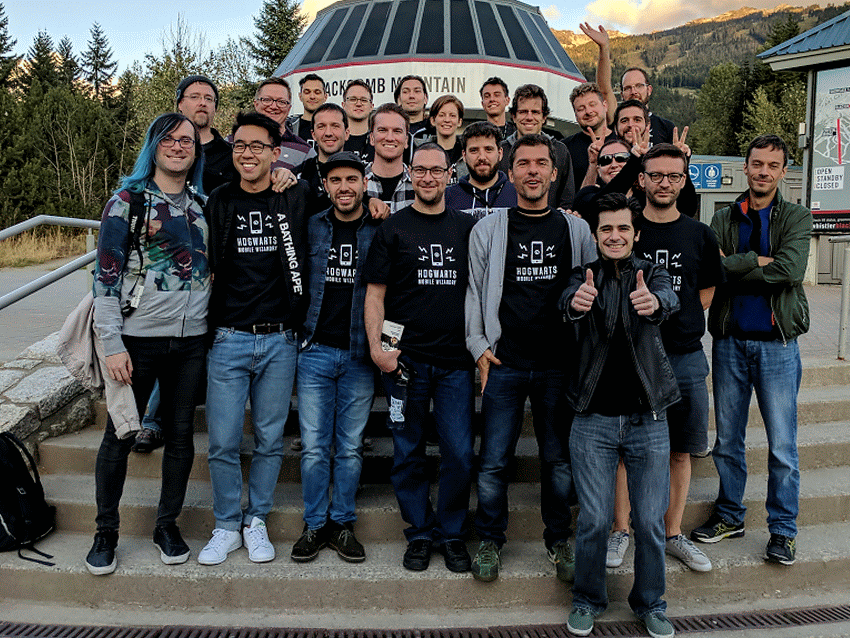
Author Archives: lantean
Disabling Num Lock on startup (or why Windows makes me sick)
– Launch Regedit
– HKEY_USERS\Default\Control Panel\Keyboard
– Set InitialKeyboardIndicators to Zero
Now, next time you boot… your beautiful small keyboard won’t have Num Lock enabled by default, AND you should be able to enter your password without further issues.
Raspbian + NFS
Install:
apt-get install nfs-kernel-server
nano /etc/exports
Once there, let’s add:
/mnt/flash *(rw,sync)
Dont’ forget to run exportfs!
Add New Services:
Here’s the deal: rpcbind must run before nfs-server. But due to a bug… that’s not the case. What happens if the sequence is not that?… simple! NFS is inaccessible.
In order to fix this, let’s do the following:
cat >/etc/systemd/system/nfs-common.service <<\EOF
[Unit]
Description=NFS Common daemons
Wants=remote-fs-pre.target
DefaultDependencies=no
[Service]
Type=oneshot
RemainAfterExit=yes
ExecStart=/etc/init.d/nfs-common start
ExecStop=/etc/init.d/nfs-common stop
[Install]
WantedBy=sysinit.target
EOF
cat >/etc/systemd/system/rpcbind.service <<\EOF
[Unit]
Description=RPC bind portmap service
After=systemd-tmpfiles-setup.service
Wants=remote-fs-pre.target
Before=remote-fs-pre.target
DefaultDependencies=no
[Service]
ExecStart=/sbin/rpcbind -f -w
KillMode=process
Restart=on-failure
[Install]
WantedBy=sysinit.target
Alias=portmap
EOF
Raspbian + Transmission: Fixing “Connection refused on port 9091”
I’ve just managed to solve a quite annoying glitch. After booting Raspbian, Transmission was immediately unable to connect to transmission-daemon on port 9091.
After much digging, i’ve found out that:
– Restarting the service just makes things work
– I was getting a bunch of error messages in /var/log/daemon.log (re: bind)
– Several posts in few forums suggested that the service was being initialized before the network adapter was actually ready.
Long story short:
1. Launch raspi-config
2. Select: 3. Boot Options
3. Select: B2 Wait for Network at Boot
That’s all you need, pretty much. Next time you boot, transmission-remote-cli will be able to connect immediately.
Raspbian + Flash Drive + fstab
First off, you need to figure out the path of your flash drive:
fdisk -l
Then… edit /etc/fstab as follows:
/dev/sda1 /mnt/flash vfat rw,user,umask=0002,uid=1001,gid=121 0 0
Note that umask is… the “inverted” regular file mask. This represents 665 (because we’re evil). As per uid + gid, you can figure it out by means of this command:
id username
Update:
The best filesystem to use, if you need to maintain compatibility between the Flash Drive you’ll use with your Raspberry, and macOS, is probably ExFat. Now, problem is: Linux doesn’t really support ExFat by default.
So, we’ll need to install it, as follows:
sudo apt-get install exfat-fuse
In such case, your /etc/fstab file should look like this:
/dev/sda1 /mnt/flash exfat. rw,user,umask=0002,uid=1001,gid=121 0 0